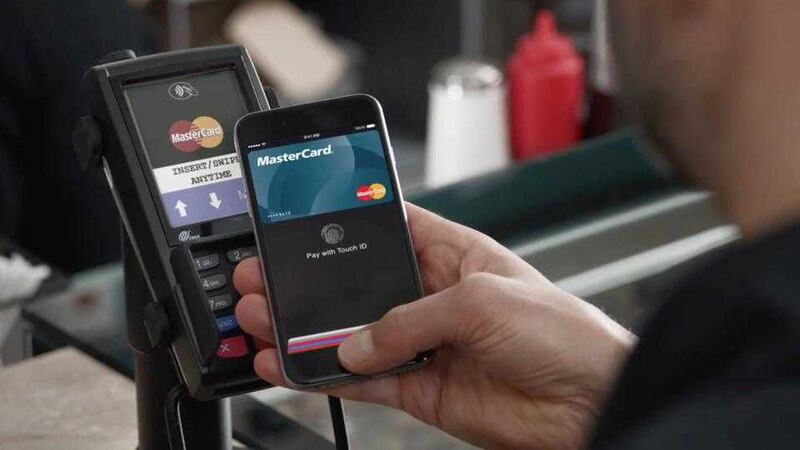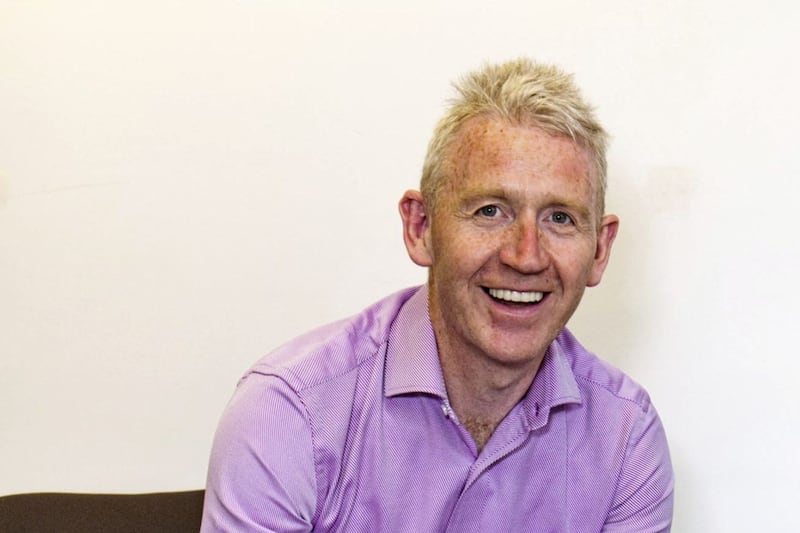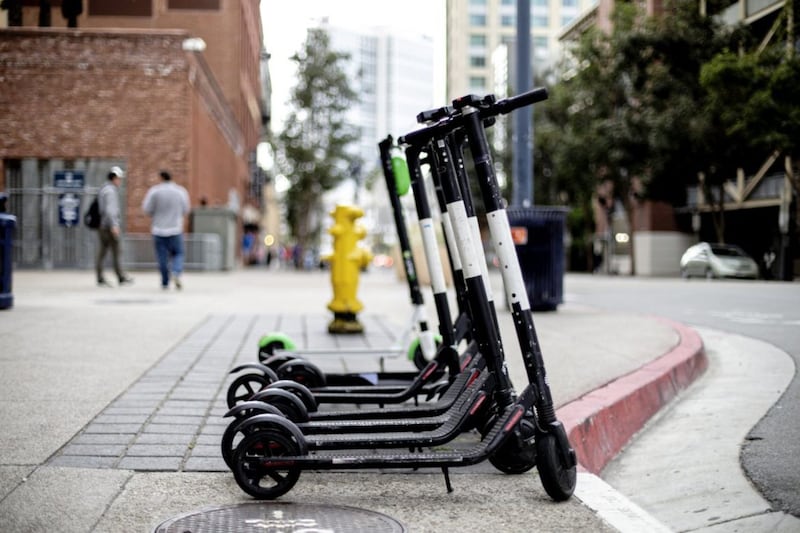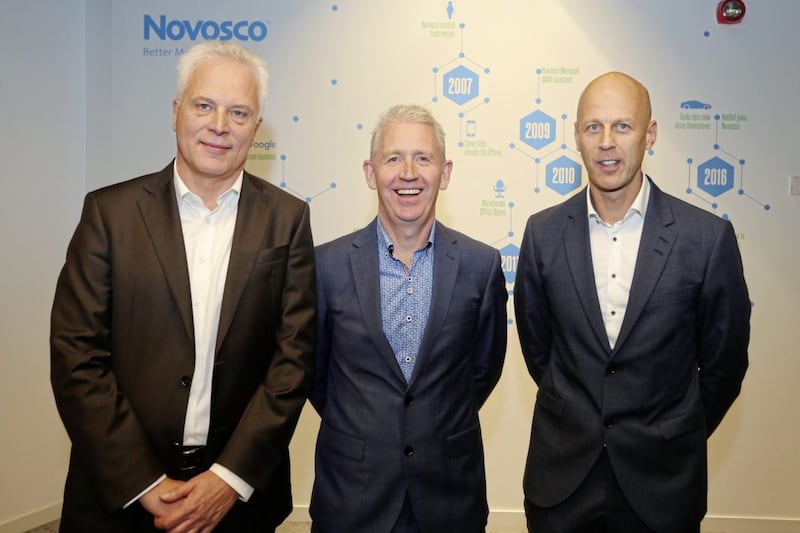LAST year probably wouldn’t be seen as particularly pivotal for innovation in tech. The reality is that many of the developments in the last 12 months were part of trends that began the previous year. But will 2016 be different? Here are some thoughts on what we’re likely to see in the tech world in the months ahead:
:: More health-related tech - We’ve had Fitbits for a few years now, but they definitely became more prominent in 2015. Indeed, health was a major focus for tech companies last year and that doesn’t show any sign of abating soon. Definitely expect more sensors that can assess your health (eg one that can tell how you’re doing when active based on your sweat). We are also likely to see collaborations between hospitals and tech to digitalise and utilise patients’ records.
:: The year of virtual reality? - 2016 is expected to be the year that virtual reality moves into the mainstream. New virtual-reality headsets are expected from major tech companies like Sony and Oculus. Prices of the immersive headsets are already falling. They are expected to fall further. The device’s usage is also broadening beyond the gaming industry. HBO for instance recently created an immersive experience for Game of Thrones fans using Oculus Rift.
:: More smartphones will be able to make contactless payments - Apple Pay launched in the UK in 2015 and customers of some local banks currently have access to the contactless payment service via their smartphone. This way of paying for goods is likely to become more prominent in 2016. Android Pay is expected to launch in even more countries. Microsoft may well follow suit.
:: Snapchat the one to watch? - Snapchat is the fastest growing social network. It has an estimated 200 million monthly active users and 100 million daily active users, which puts it ahead of all of its other competitors after four years. Snapchat also seems to have the most engaged audience, with more than 400 million snaps per day. Snapchat is gearing up for a huge year in 2016 in terms of innovation, user growth and ad revenues. Some influential analysts are saying that its growth might come at the expense of Twitter.
:: Managed cloud will come into its own - On the business front, IT transformation will pick up speed and will continue to rely on expansion into the cloud. But more and more companies will likely opt for managed cloud. This means a service that allows businesses to tap the power of cloud computing without the pain of becoming an expert in everything. Companies that use managed cloud can focus on their core business, without having to swell their payroll with in-house experts to manage it.
:: Connected homes will continue to underwhelm - The Internet of Things promised the Connected Home – lights turning on automatically, smart fridges, the heating system automatically adjusting based on your routine via data from your smartphone etc. We are starting to see a few more interesting products but, for most consumers, availability and financial viability aren’t there yet. And some of these ideas may end up being too “gimmicky”, and not in the “need to have” category.
:: Patrick McAliskey is managing director of Novosco, an indigenous Northern Ireland hybrid cloud company with offices in Belfast, Dublin and Manchester. It employs more than 100 people and works for leading organisations across the UK and Ireland, including many of Northern Ireland's top companies, UK health trusts, councils and other organisations. It has been ranked one of the top companies to work for in the UK 2015 by The Sunday Times.








